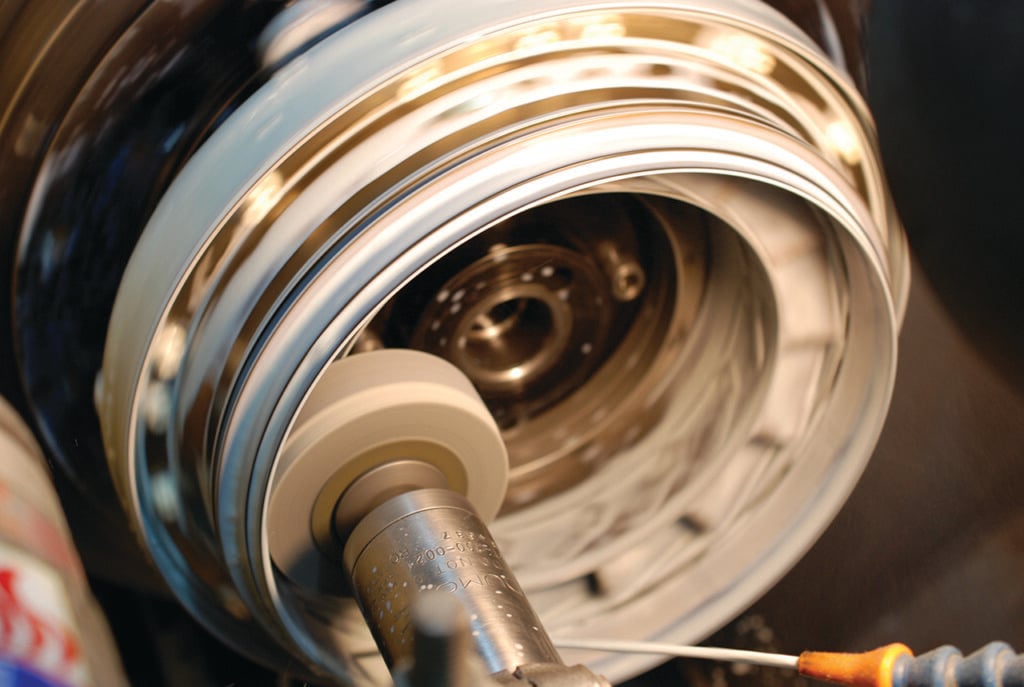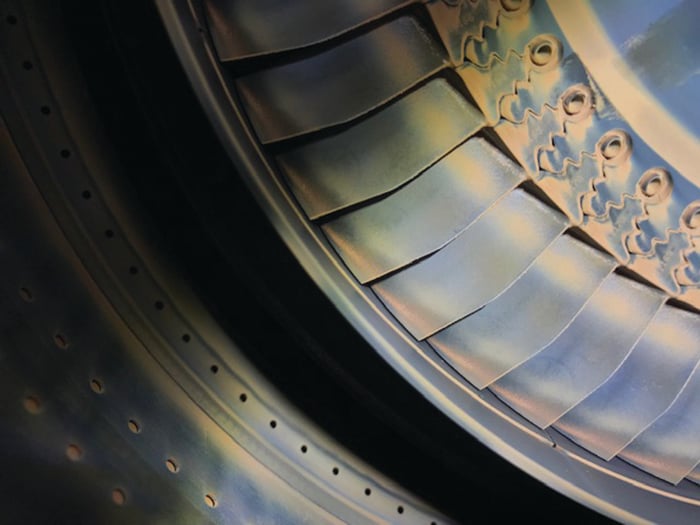Maintenance time is just ahead for many operators. Shops are starting to fill out schedules for off-season work. One of the maintenance items that is frequently discussed is the need for an engine hot section inspection. While hot section inspection time requirements may differ by engine model, the “mid TBO” recommendation usually applies. Performance loss can also dictate the need for an inspection. For example, the PT6A-34AG engine TBO (Time Between Overhauls) is 4000 hours, and hot sections are recommended at 2000 hours. For the PT6A-65AG, the basic engine TBO is 3000 hours, and the recommended hot section inspection is 1500 hours. All this information exists for all engine models in various Pratt & Whitney Canada service bulletins. Time constraints are listed in service bulletins, but each engine model’s maintenance manual defines the hot section inspection criteria.

What exactly is a hot section inspection? The hot section inspection is the way of making sure the condition of some of the hardest working parts in your engine can continue to do the job up to the next inspection interval or until TBO. The PT6 engine is all about efficiency, and the hot section inspection is a simple and fast way to confirm the engine is not losing efficiency in this extreme environment. Because of the temperature and forces applied to the parts in the hot section, a wide variety of factors can change efficiency just through normal operation. Fretting, wear, cracking, and rubbing all have a chance to exist in the hot section, and all can negatively affect your engine’s performance.
When the engine is split to perform the hot section inspection, one of the first tasks is to measure the compressor turbine blade tip clearance. Tip clearance is one of the key areas for efficiency. On a PT6A-34AG, for example, the median tip clearance is .013”. That is only the thickness of a couple of business cards. That clearance is awfully close for a disk that spins thousands of revolutions per minute in temperatures of hundreds of degrees. When those tip clearances begin to increase, you lose performance. In the cockpit, that means the engine is not making power because of temperature limitations.
After tip clearances are measured, the turbine disk is removed, and the rest of the hot section parts are checked for deterioration, distress, or other problems. Once repairs are made, and issues addressed, components are resurfaced and resealed as needed. The compressor turbine blade tip clearance is reset to get maximum efficiency by changing and/or grinding the segments. Then the hot section is reinstalled. That is a basic overview.
There are additional requirements as part of the inspection. Bleed valve and compressor condition must be checked. The gas generator case has inspection criteria. The fuel nozzles, the power turbine stator and housing, exhaust duct, oil strainers, oil filters, and chip detectors are also checked. No one wants to invest time and money into a hot section only to find out the compressor has issues and the engine must be removed. What if you find out that the gearboxes are making metal? Perhaps distress in your hot section is being caused by a fuel nozzle issue? Proper inspection of all parts and fulfilling all inspection criteria are essential when it comes to hot section inspection.
I touched on some of the things that we are doing during your hot section inspection. Just remember it is more than a split and peak at the parts. We want to ensure the engine is safe for the operator and can be operated to its fullest when needed. Preventative maintenance and inspections are also a way to keep costs down. If problems can be detected early and repaired, it is less expensive than replacing parts like a vane ring or turbine blades.
As we head into maintenance season this year, review your engine times and be sure to discuss the need for a hot section inspection. You want to make sure once you get through the downtime, the airplane and engine are primed and ready for another successful spray season.
Please reach out to me at robertc@covingtonaircraft.com if you have any questions, and I’ll be glad to assist.






